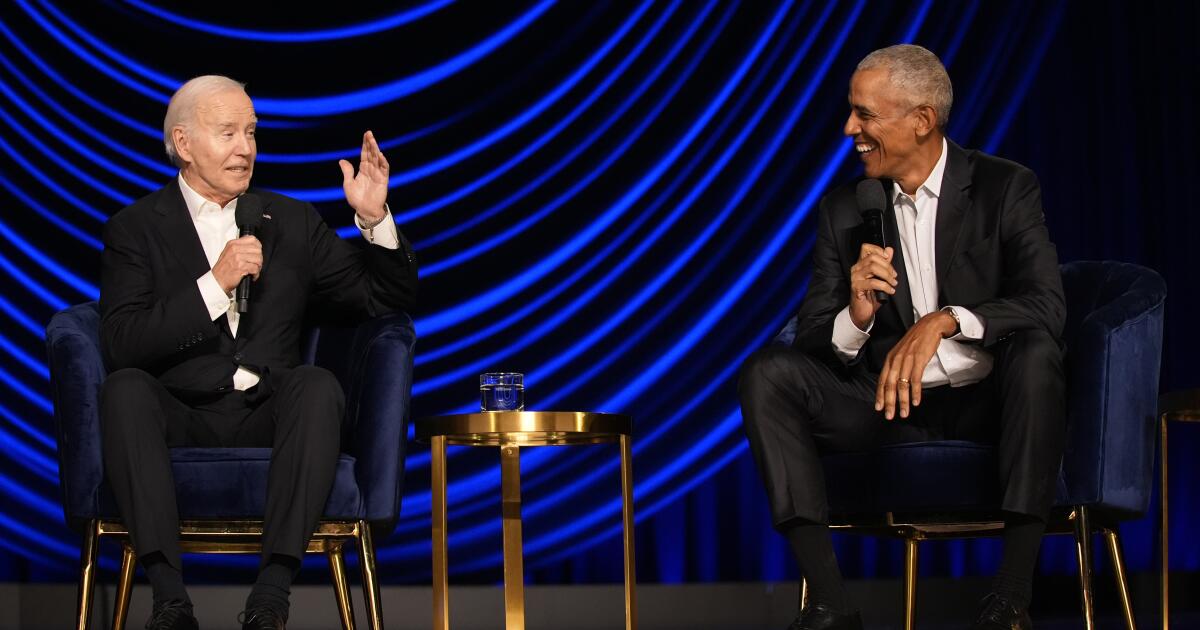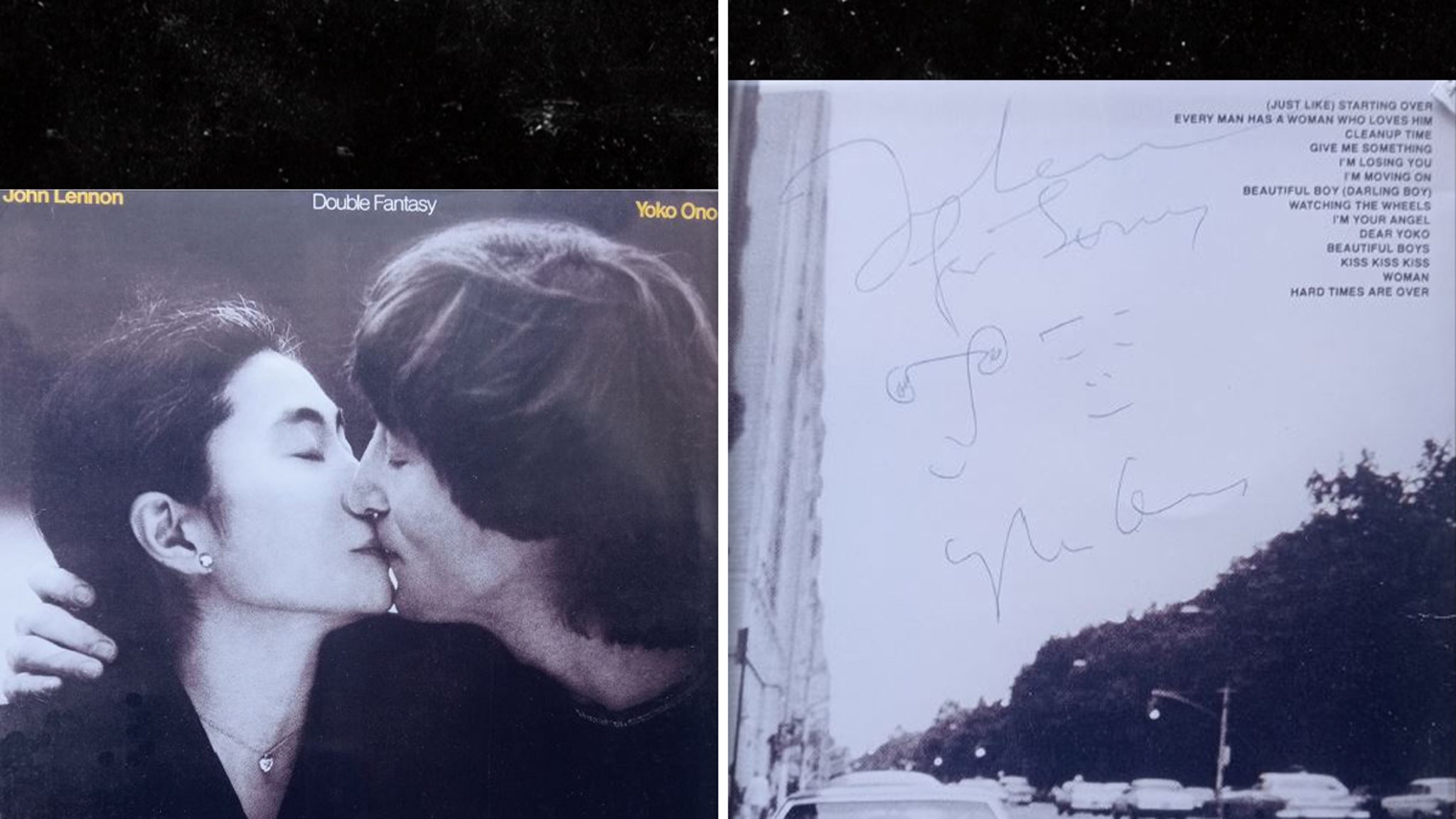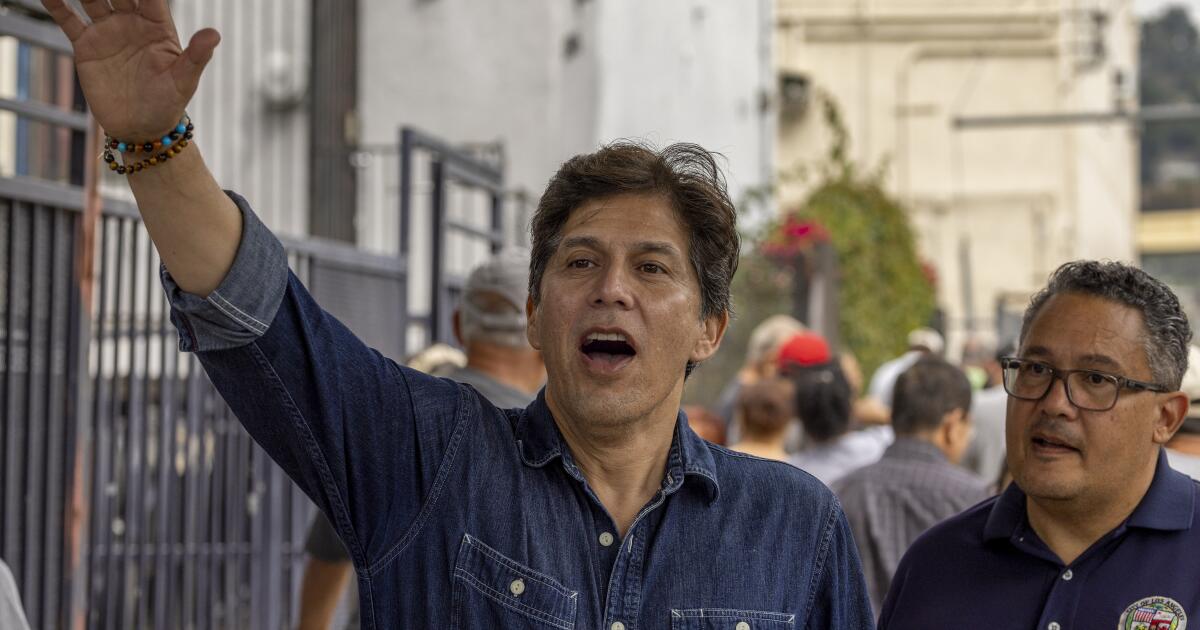Minneapolis, MN
Minneapolis Park Board, city increase parkway repair funding by millions
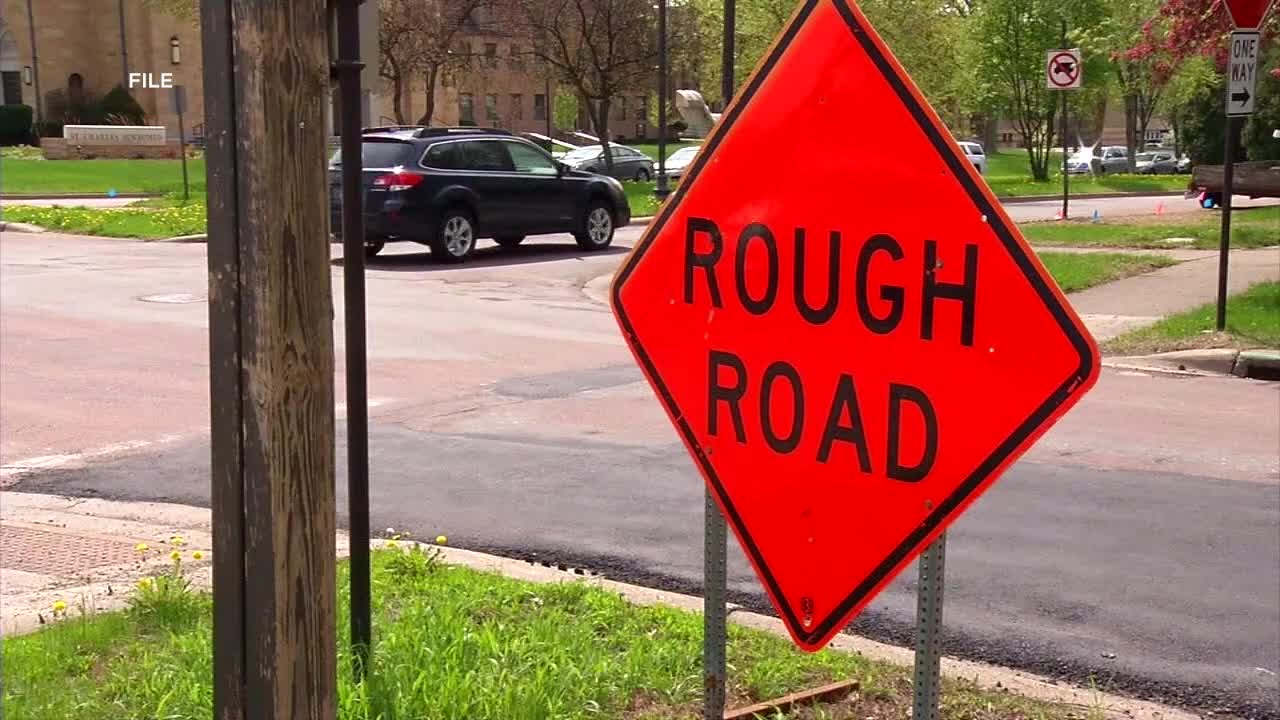
The city of Minneapolis and the Minneapolis Park Board are teaming up to increase the repair budget for the 55 miles of parkway roads by millions of dollars through 2029.
Right now, the budget to fix potholes and other issues along the parkway system is only $750,000 annually, which allows for only about a half-mile stretch of road repairs each year.
But starting in 2025, that number will grow to $1.2 million and hit its peak at $2.75 million by the end of 2029.
Tricia Brown lives along West River Parkway and she told 5 EYEWITNESS NEWS she was “ecstatic” to hear there will be more money available for repairs in the near future.
“I am so excited. This is such an amazing neighborhood gem and I am beyond ecstatic to hear that Minneapolis is investing to make this strong for years to come,” said Brown.
In May, long-time Park Board Commissioner Meg Fourney told KSTP there had not really been any significant increase in the parkway repair budget since 1999 and the current funding was not sustainable.
“We will not be having much to drive on in fifteen years. There’s no doubt about [it]. And, it needs to be tended to,” Fourney said at the time.
The current amount of $750,000 for parkway maintenance will stay the same in 2024 and the increases will start in fiscal year 2025.

Minneapolis, MN
Woman critically injured in shooting near encampment
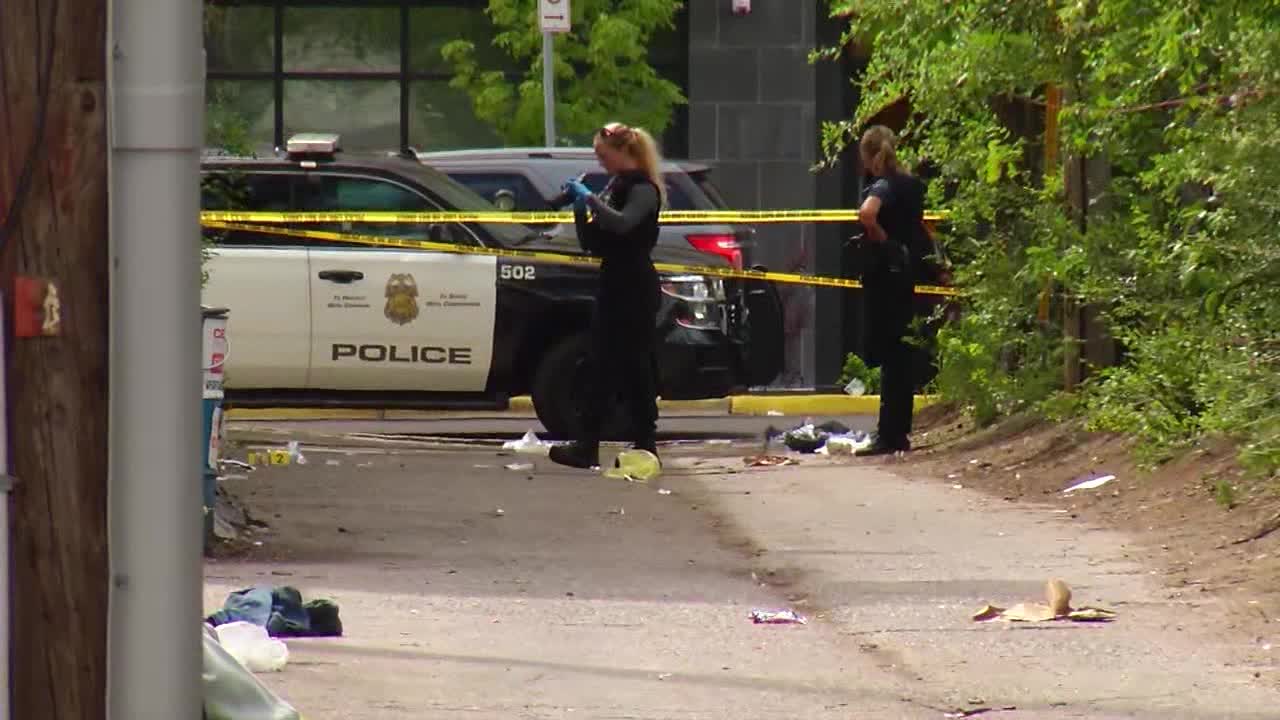
A woman in her 20s was seriously injured after a shooting near an encampment in Minneapolis on Saturday.
A spokesperson for Minneapolis police said officers responded to the 2800 block of Park Avenue around 6 p.m. on a report of a shooting.
Law enforcement on Park Avenue found evidence of gunfire while the victim was located in an encampment on Columbus Avenue and 28th Street.
She was brought to Hennepin Healthcare for treatment of a life-threatening injury, according to Minneapolis police.
There have been no arrests or word on what led up to the shooting.
Minneapolis, MN
Bridge for Youth begins $700K renovation at Minneapolis shelter spaces

A Minneapolis nonprofit serving homeless youth will begin a $700,000 makeover of two of its shelters this summer, capping a multiyear effort that invited shelter residents into the design process.
The Bridge for Youth provides support services and temporary housing for teens and young parents. Its two emergency shelters, Resilience House and Gloria’s Place, share a building at 1111 W. 22nd St. in Minneapolis. The first phase of demolition is underway, and renovations are set to begin in the coming weeks.
Resilience House provides 24-hour shelter, case management, food and health care for youths ages 10-17. Gloria’s Place is the only emergency shelter in Minnesota for pregnant teens and teen parents ages 15-17; it has space for up to six families.
According to the agency, 50% of young people experiencing homelessness in Hennepin County are pregnant or have children.
The building was purchased and first renovated nearly 16 years ago, Executive Director Lisa Mears said. Since then, it has been “feeling fatigued,” she said. This summer’s renovations will include new flooring, paint and furniture.
Another major reason for the renovation was to incorporate design feedback from current and former shelter residents. The designs are aimed to create spaces “where youth can heal and feel safe” from personal traumatic experiences, Mears said.
In 2021, three Dunwoody College students were brought onto the project to craft designs that would inspire the renovations. Carissa Friendshuh, Marco Salazar and Austin Rastall were fifth-year architecture students who spent about a year working on designs. They interviewed shelter residents, did research and toured the facility.
The students worked to make the facility feel more open and comfortable. Their designs were intentional about lighting, colors and having nooks tucked away for privacy within shared spaces.
“You want to be in a space that’s inviting, that feels safe, that feels secure, but also you’re able to get some freedom in it,” Rastall said. That concept was carried throughout the design decisions, he added.
Salazar said working on the project was a “full circle” moment because his sister was a shelter resident several years ago.
The Legislature last year provided $500,000 for the renovations, and the Bridge added $200,000.
The nonprofit this year campaigned unsuccessfully at the Capitol for $3.5 million to add 15 transitional housing units to a current facility, Marlene’s Place, and 24 non-time limited supportive housing units at a new site. Mears said Bridge officials are discussing their next steps.
About the partnership
This story comes to you from Sahan Journal, a nonprofit newsroom dedicated to covering Minnesota’s immigrants and communities of color. Sign up for a free newsletter to receive Sahan’s stories in your inbox.
Minneapolis, MN
Minneapolis starting to map out locations of cannabis retailers

Minneapolis city leaders are taking steps toward setting rules for cannabis sales.
With licenses expected to be available starting next year, a planning commission is considering where certain types of cannabis businesses can be located in the city. That includes businesses which grow, sell and deliver marijuana.
A current recommendation would ban businesses from operating within 350 feet of K-12 schools, but that distance could increase.
“That’s just showing schools. Again, not showing daycares or parks, or any of those other things that we could space for, but we are not proposing to space for,” said Sara Roman, the Senior City Planner for the City of Minneapolis.
Residents curious about the ongoing discussions can view a presentation about the proposals, and or read the cities’ document.
A zoning plan is expected to be finalized by the end of the summer.
-

 News1 week ago
News1 week agoIsrael used a U.S.-made bomb in a deadly U.N. school strike in Gaza
-

 Movie Reviews1 week ago
Movie Reviews1 week agoShort Film Review: Blue and White (2022) by Hiroyuki Nishiyama
-

 World1 week ago
World1 week agoFrance to provide Ukraine with its Mirage combat aircraft
-

 World1 week ago
World1 week agoWorld leaders, veterans mark D-Day’s 80th anniversary in France
-

 World1 week ago
World1 week agoRussia-Ukraine war: List of key events, day 833
-

 News1 week ago
News1 week agoNonprofit CFO Accused of 'Simply Astonishing' Fraud
-

 Movie Reviews1 week ago
Movie Reviews1 week agoInsane Like Me? – Review | Vampire Horror Movie | Heaven of Horror
-

 Politics1 week ago
Politics1 week agoGeorge Clooney called White House to complain about Biden’s criticism of ICC and defend wife’s work: report




